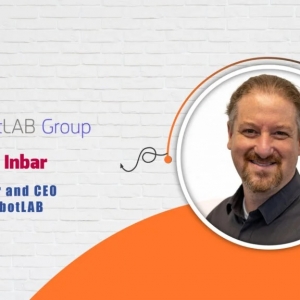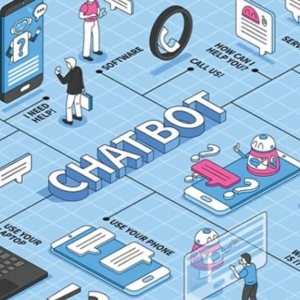Can you provide a brief overview of your background and your current role as the Co-founder and CEO at BeyondID?
I have over 20 years of building and leading enterprise software and services companies. As CEO, I’m committed to building a world class organization with the mission of helping our customers build secure, agile, and future-proof business. I pride in partnering with customers to strategize and deploy cutting edge technology that delivers top business results.
Prior to co-founding BeyondID, I worked at Oracle, Sun Microsystems, SeeBeyond and most recently Okta, which went public in 2017. At Okta, I was responsible for delighting customers and for building world class services and customer success organizations.
How did your experiences at Oracle, Sun Microsystems, SeeBeyond, and Okta contribute to your understanding of identity, cybersecurity, and technology?
Throughout my career spanning over a decade, I worked at Sun Microsystems, Oracle, and SeeBeyond, supporting numerous enterprise customers. These customers utilized a client/server architecture that included mainframes, mid-range systems, and desktops to support their workforce and customers. The industry then transitioned to Web 1.0, where browsers served as an app with connected web pages. This eventually led to the adoption of Service Oriented Architecture, which laid the foundation for Web 2.0, allowing for app-to-app integration using APIs and cloud-based services for every application, including the Okta-supported digital identities. Today, we continue evolving toward Web 3.0, where data-to-data integration is made possible using modern cloud, cybersecurity, and AI frameworks. This is my journey that lasted over decade long career at Sun Microsystems, Oracle, and SeeBeyond that supported 1000’s of enterprise customers who used client/server architecture that included mainframe, mid-range, and desktops to support their workforce and customers, transitioning to Web 1.0 with browser serving as app with connected web pages; then transitioning to Service Oriented Architecture that provided the foundation for Web 2.0 – app to app integration using API and cloud app for every service including Digital Identities supported by Okta. And today, the journey continues to evolve to Web 3.0 where data-to-data integration uses modern cloud, cybersecurity, and AI frameworks.
In conclusion, what would be your key advice or message to organizations and individuals looking to strengthen their security measures and ensure trust in an AI-driven world?
Consider adopting Zero Trust services as the fundamental principle for planning, strategizing, and implementing security measures in your organization. The Cybersecurity Infrastructure Security Agency (CISA) has recently released a Zero Trust Maturity Model that provides valuable guidance on implementing Zero Trust Security. Identity-First Zero Trust Security is the most effective approach to Zero Trust because it focuses on using identity as the main factor in granting access to human and machine services. As the world becomes more AI-driven, we anticipate that the Zero Trust maturity model will continue to evolve to address the ever-changing landscape of threats to the safety and security of our society.
To Know More, Read Full Interview @ https://ai-techpark.com/aitech-interview-with-arun-shrestha/
Revolutionize Clinical Trials through AI
Digital Patient Engagement Platforms




